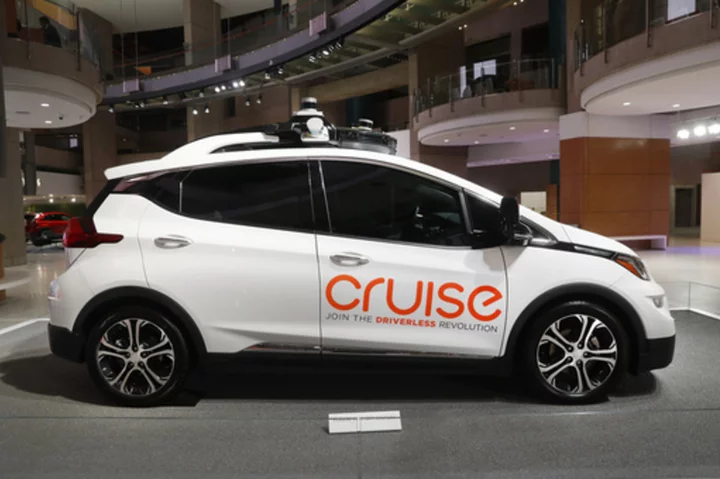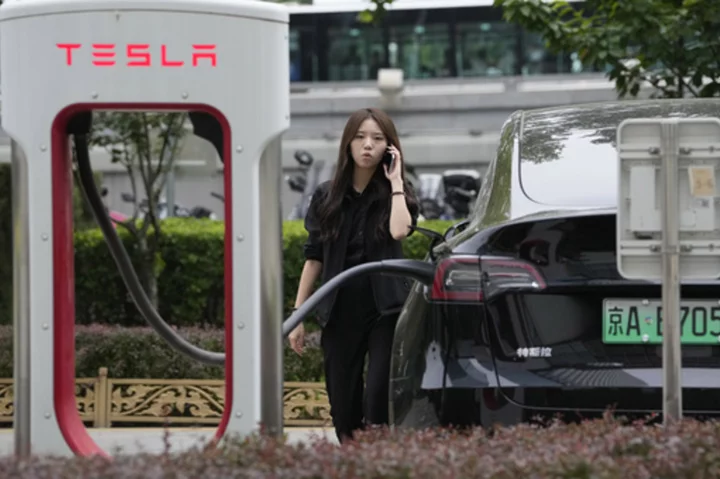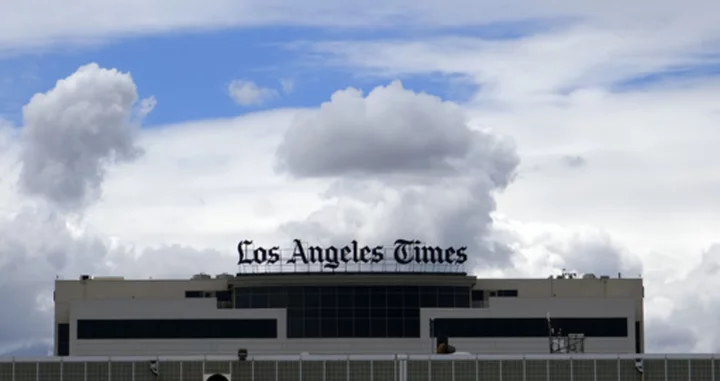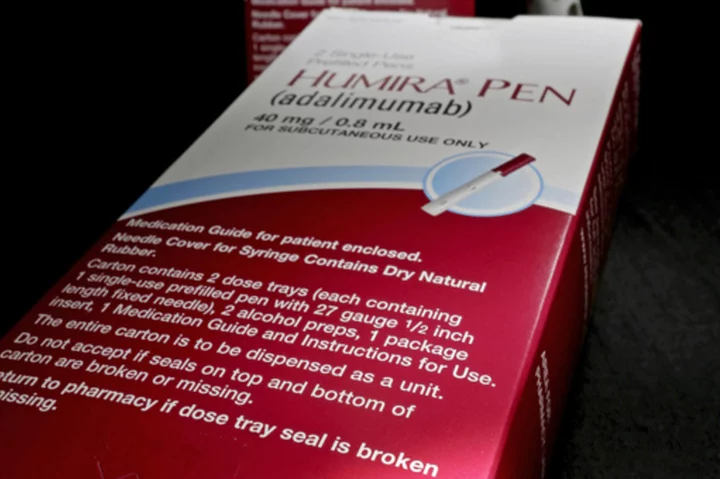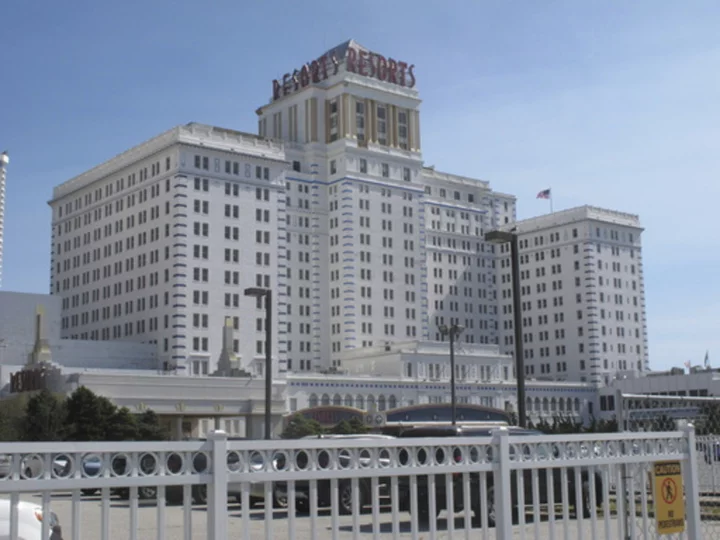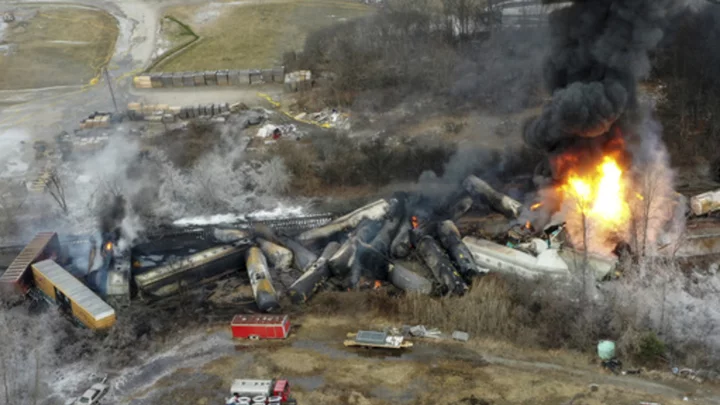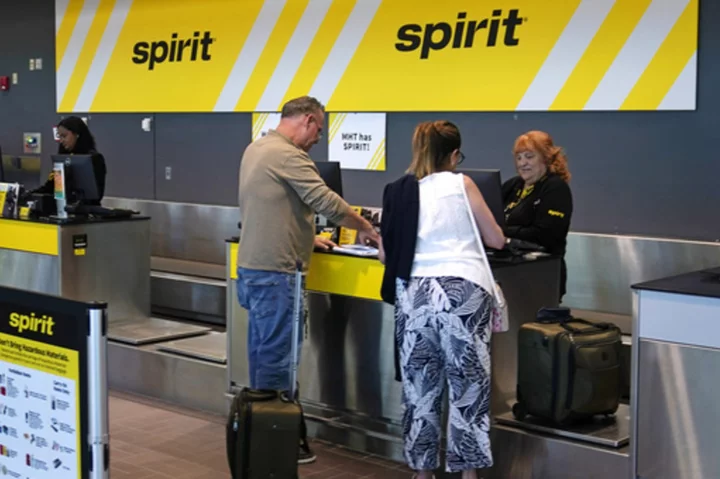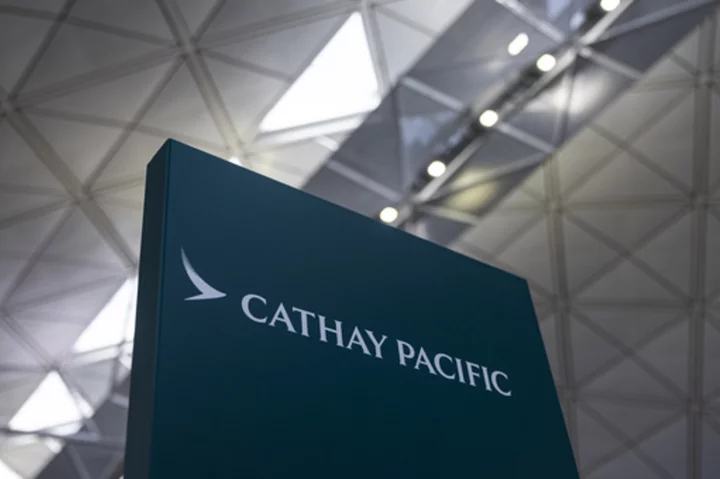DETROIT (AP) — General Motors' Cruise autonomous vehicle unit is recalling all 950 of its cars to update software after it dragged a pedestrian to the side of a San Francisco street in early October.
The company said in documents posted by U.S. safety regulators on Wednesday that with the updated software, Cruise vehicles will remain stationary in similar cases in the future.
The Oct. 2 crash forced Cruise to suspend driverless operations nationwide after California regulators found that its cars posed a danger to public safety. The California Department of Motor Vehicles revoked the license for Cruise, which was transporting passengers without human drivers throughout San Francisco.
In the crash, a human-driven vehicle hit a pedestrian, sending the person into the path of a Cruise autonomous vehicle. The Cruise initially stopped, but then pulled to the right to get out of traffic, pulling the person about 20 feet (six meters) forward.
Cruise says in documents that it already has updated software in test vehicles that are being supervised by human safety drivers. The driverless fleet will get the new software before resuming operations, the company says.
Cruise has also tested a robotaxi service in Los Angeles, as well as cities like Phoenix and Austin, Texas.
Cruise says in a statement Wednesday that it did the recall even though it determined that a similar crash with a risk of serious injury could happen again every 10 million to 100 million miles without the update.
“We strive to continually improve and to make these events even rarer,” the statement said. “As our software continues to improve, it is likely we will file additional recalls to inform both NHTSA and the public of updates to enhance safety across our fleet.”
Cruise said that after examining its system, it has decided to add a chief safety officer, hire a law firm to review its response to the Oct. 2 crash, appoint a third-party engineering firm to find the technical cause, and adopt companywide “pillars” to focus on safety and transparency.
The recall comes after U.S. regulators opened an investigation Oct. 16 into four reports that Cruise vehicles may not exercise proper caution around pedestrians. The reports, including two injuries, involved vehicles operating autonomously and “encroaching on pedestrians present in or entering roadways, including pedestrian crosswalks in the proximity of the intended travel path of the vehicles.”
While the Department of Motor Vehicles didn’t elaborate on specific reasons for its suspension of Cruise’s license, the agency accused Cruise of misrepresenting safety information about the autonomous technology in its vehicles. The revocation followed a series of incidents that heightened concerns about the hazards and inconveniences caused by Cruise’s robotaxis.
The DMV and others have accused Cruise of not initially sharing all video footage of the accident, but the robotaxi operator pushed back — saying it disclosed the full video to state and federal officials.
General Motors Co., has ambitious goals for Cruise. The Detroit automaker had been expecting annual revenue of $1 billion from Cruise by 2025 — a big jump from the $106 million in revenue last year.

